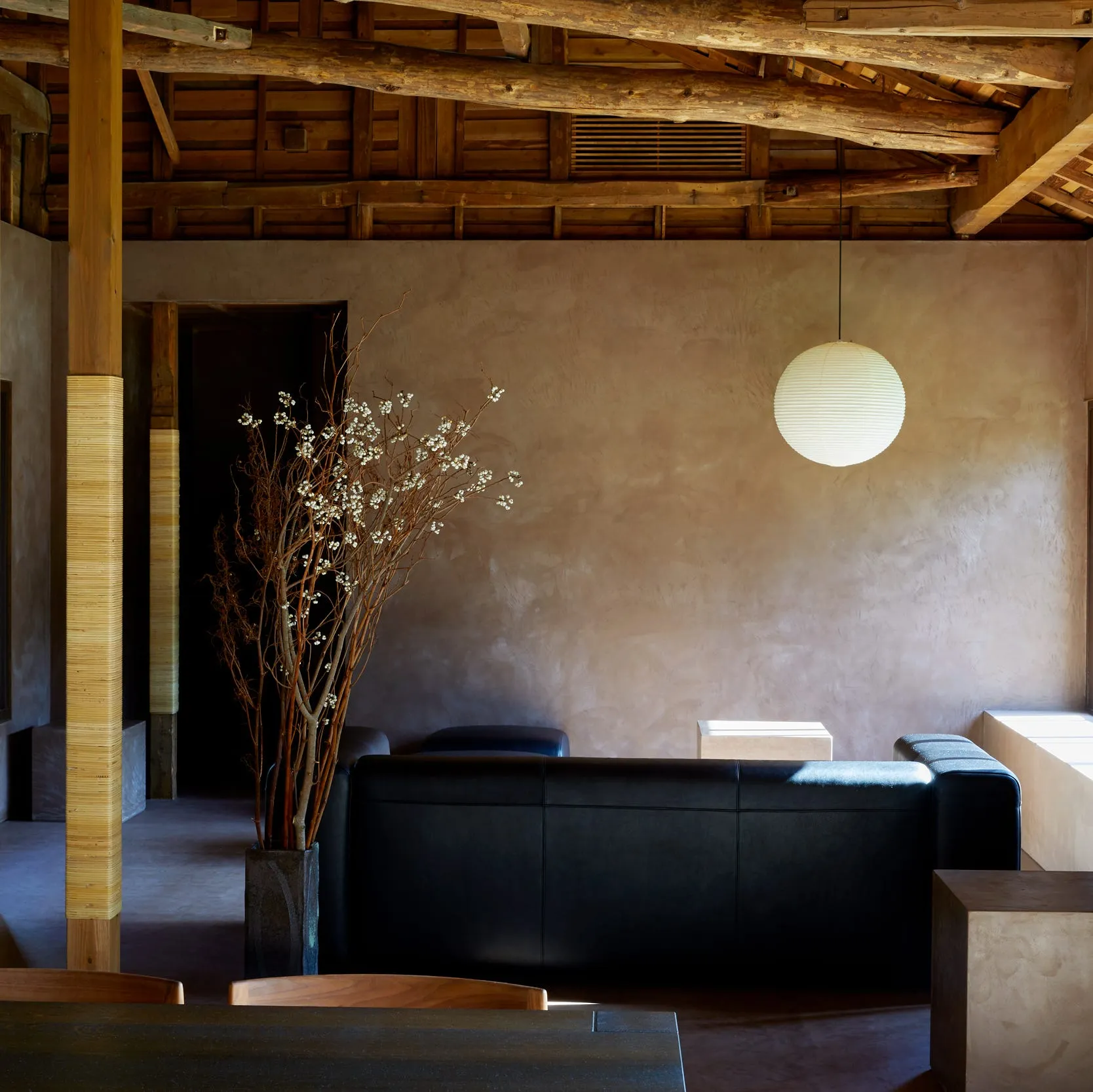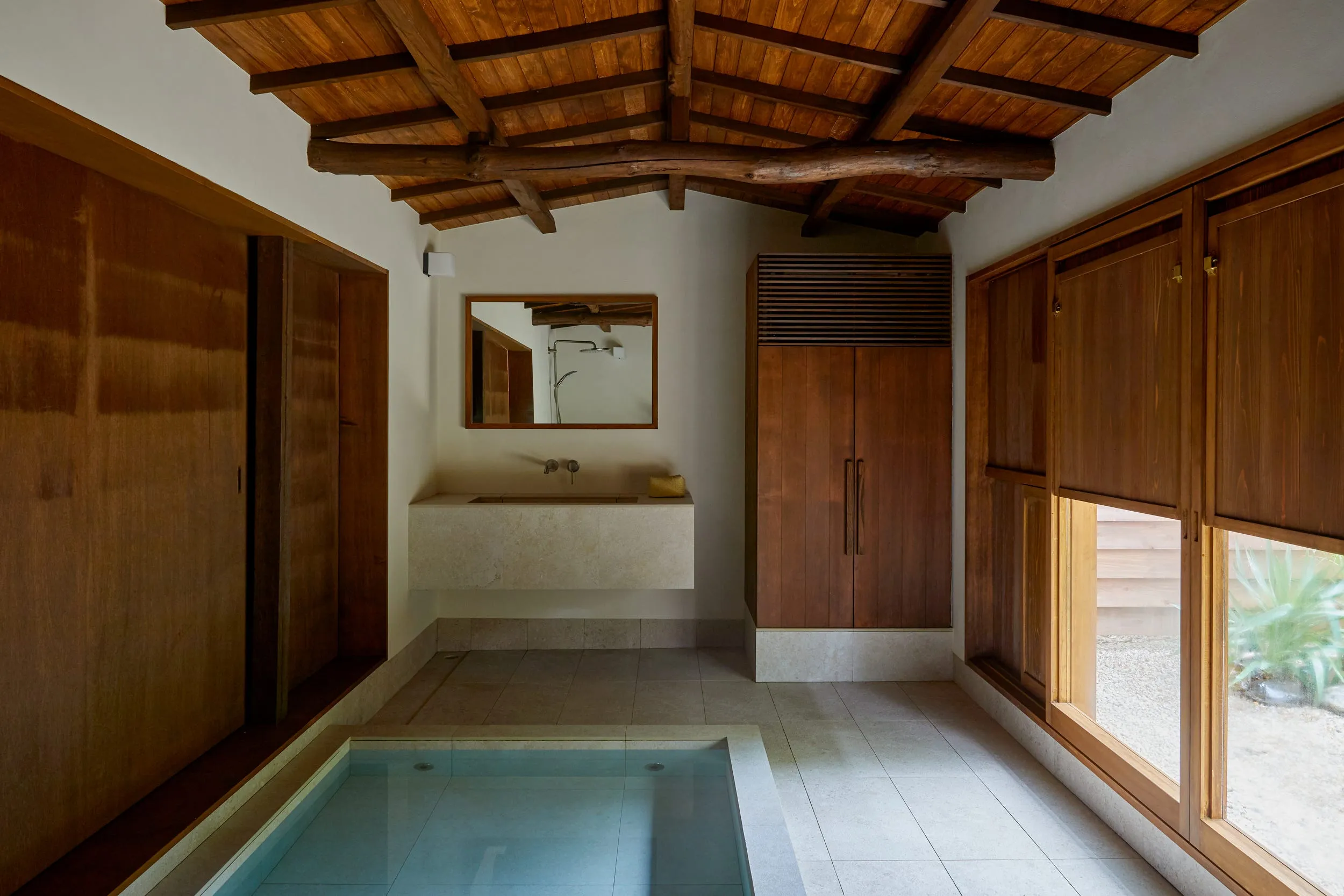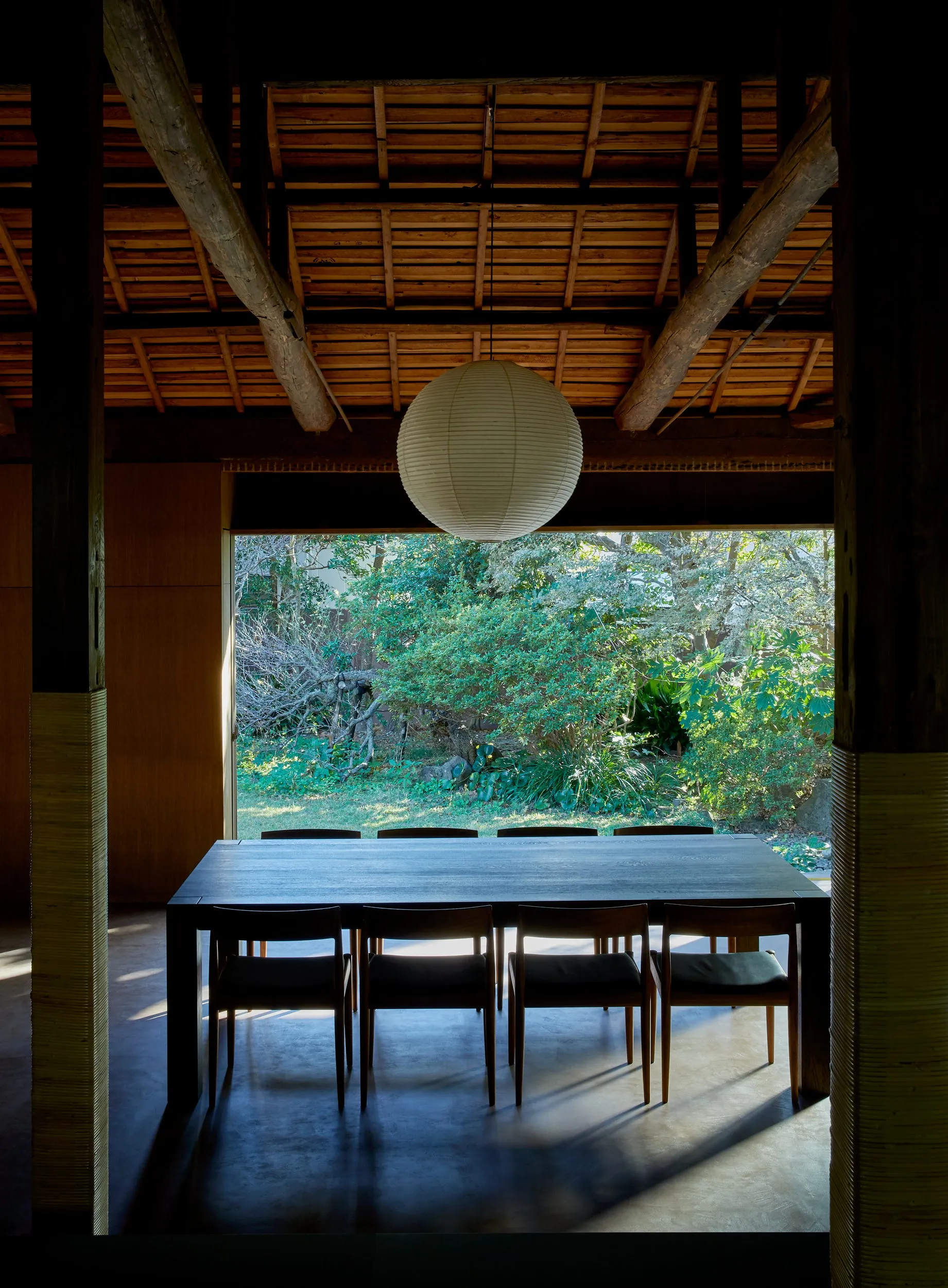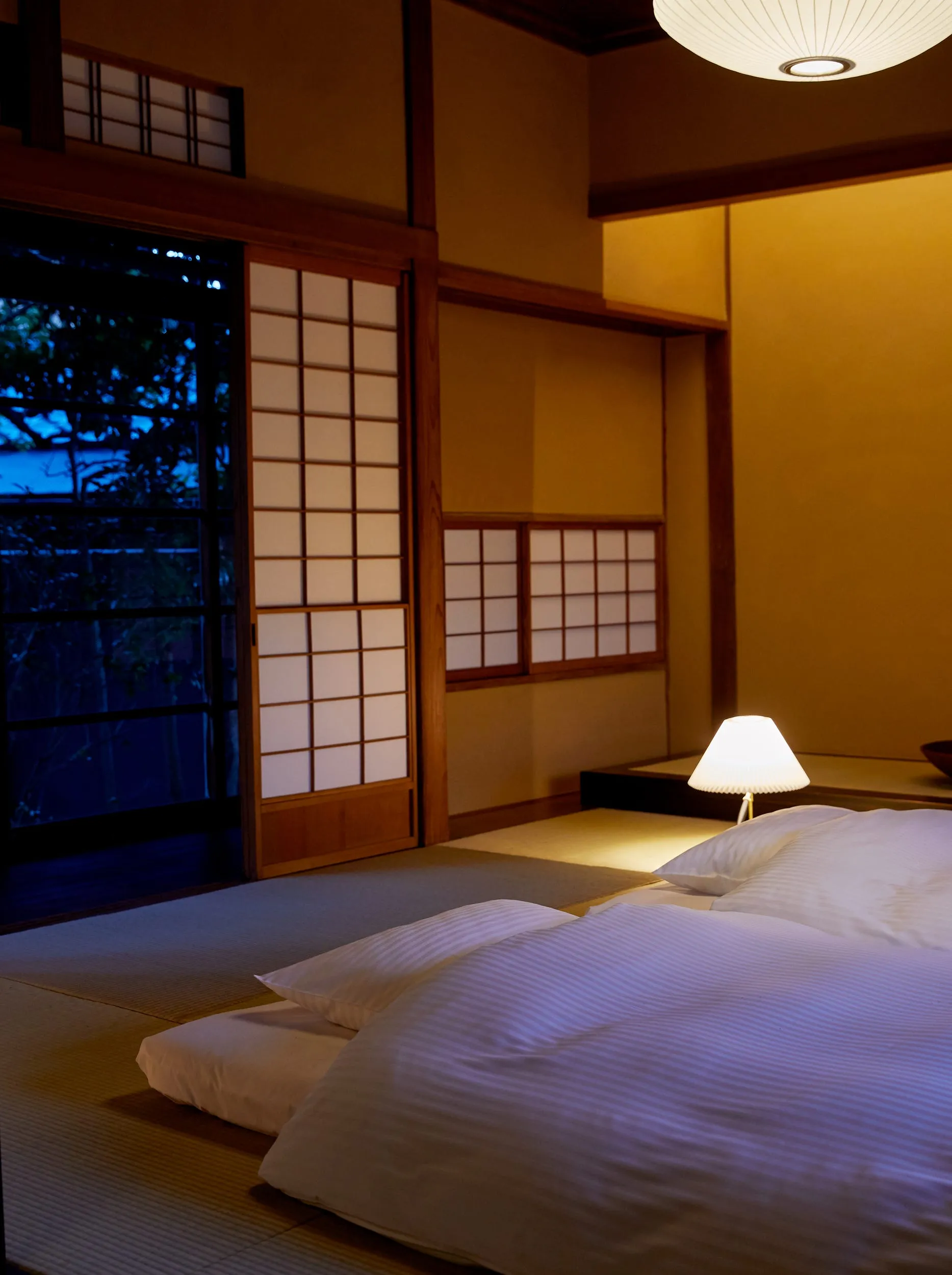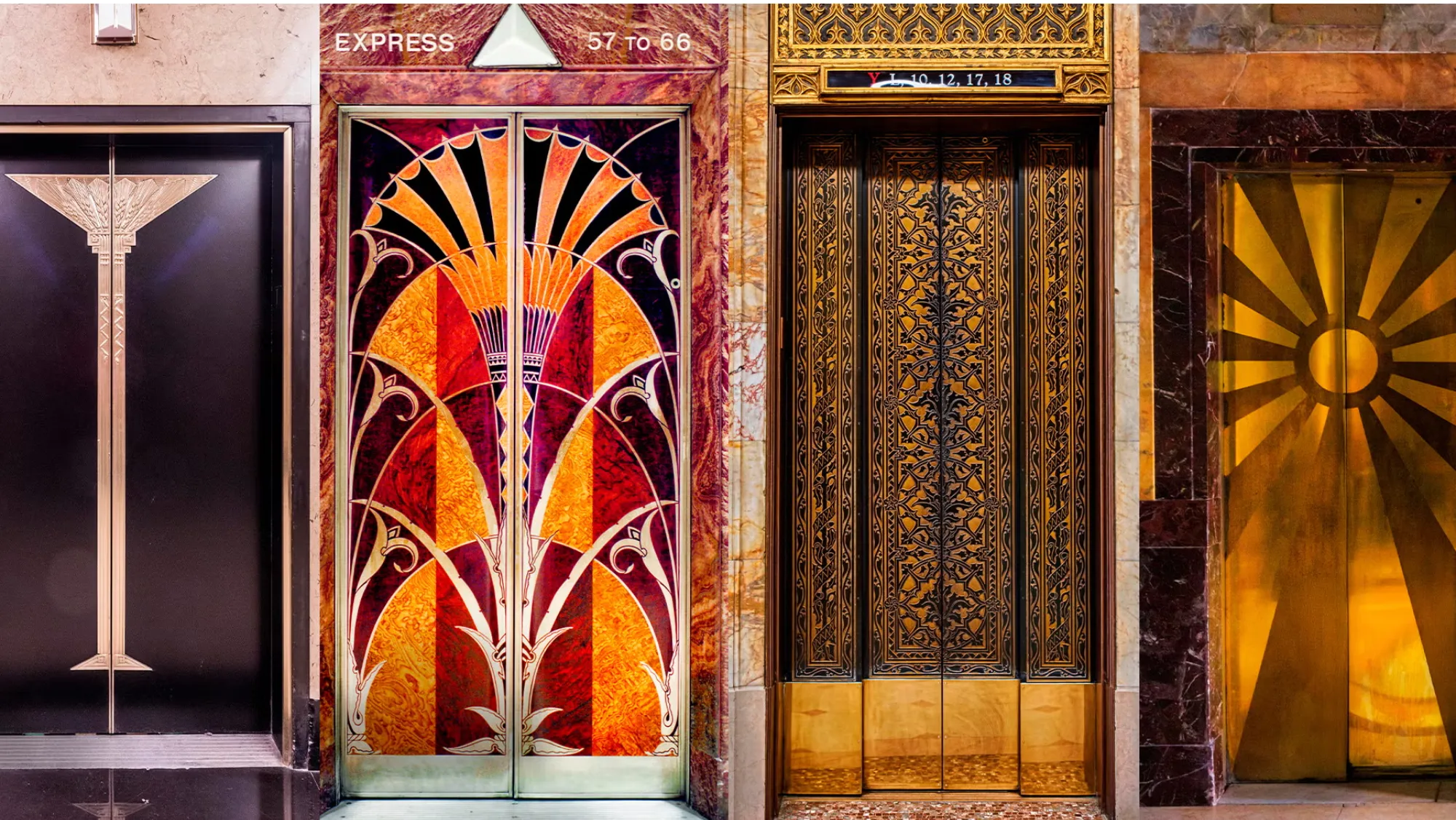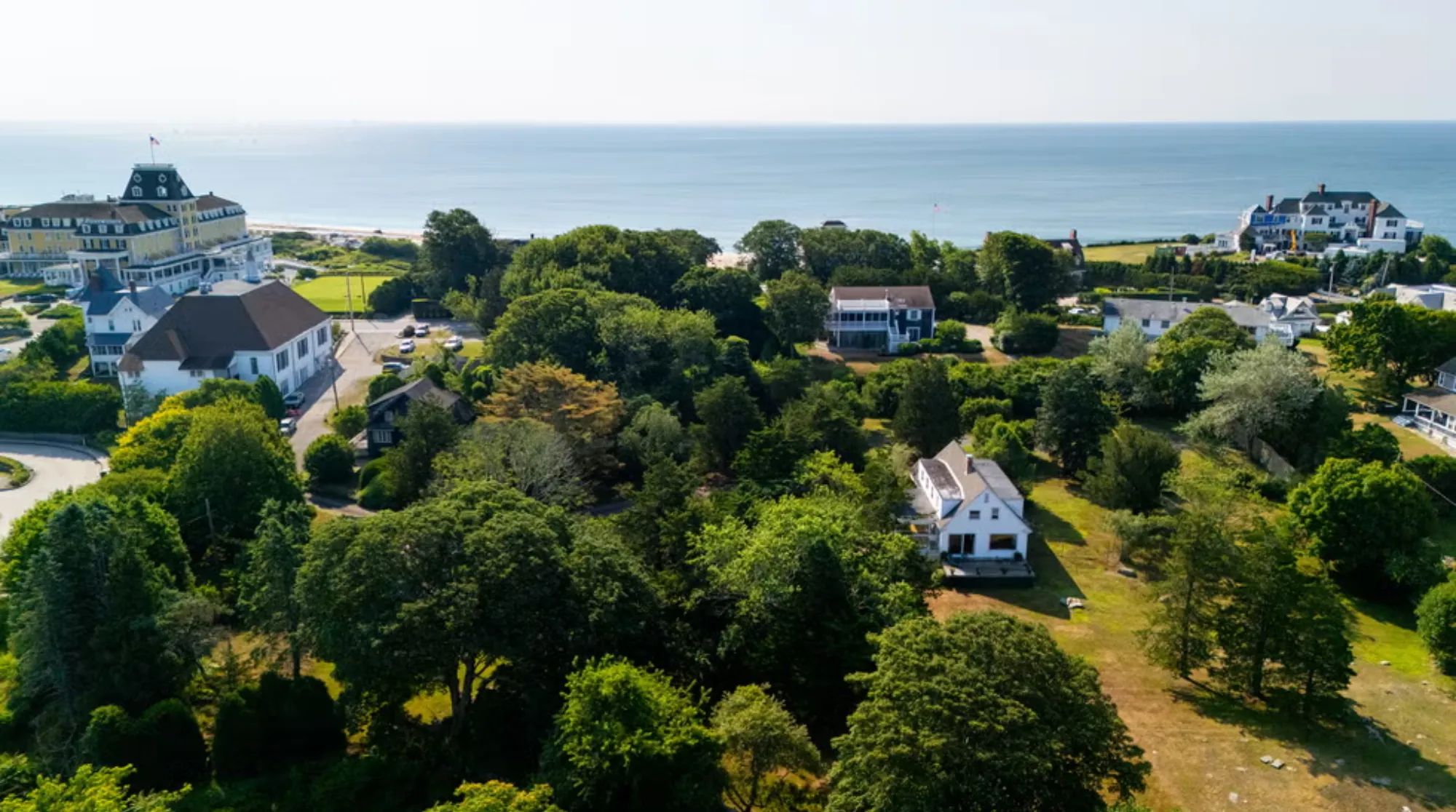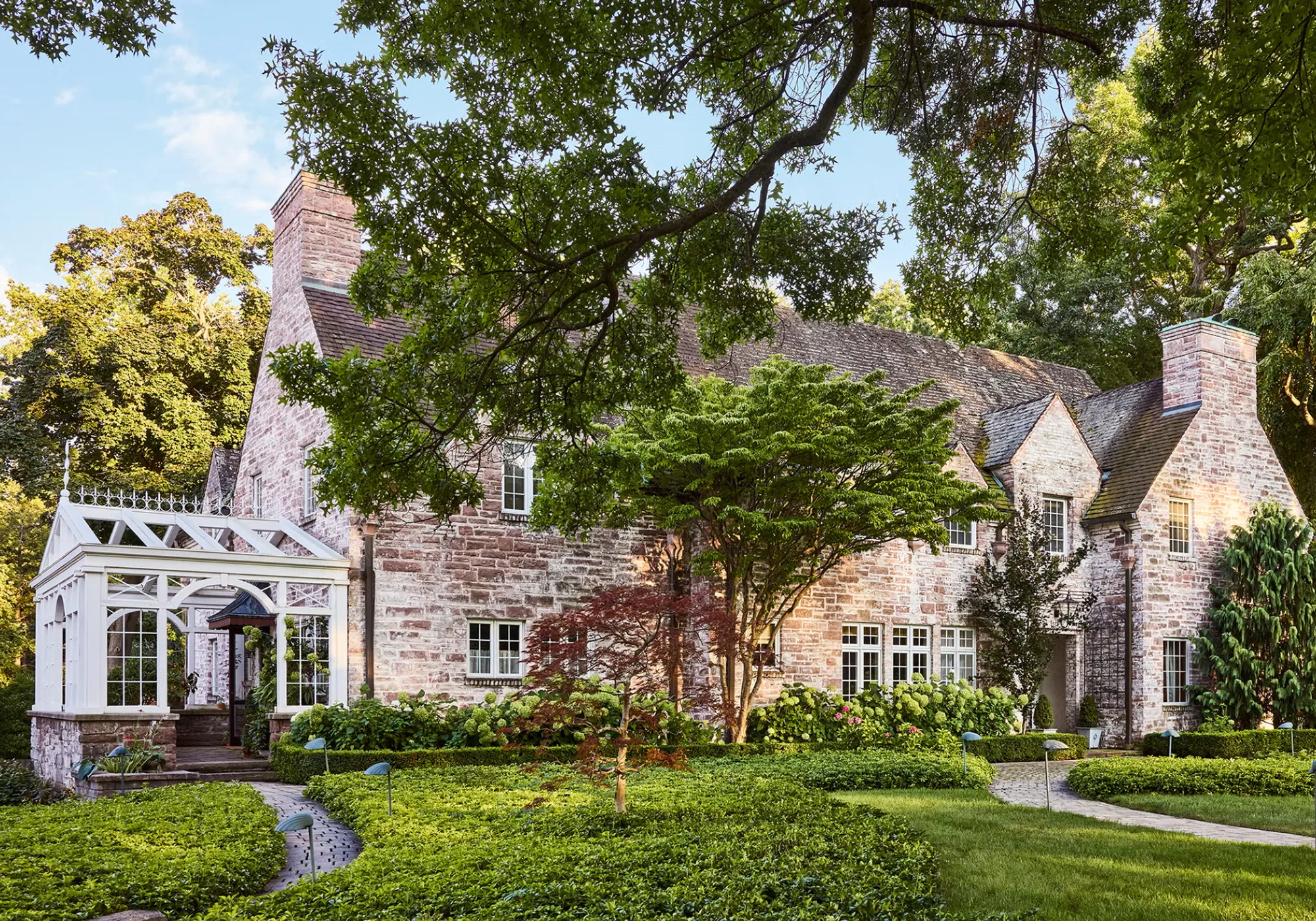
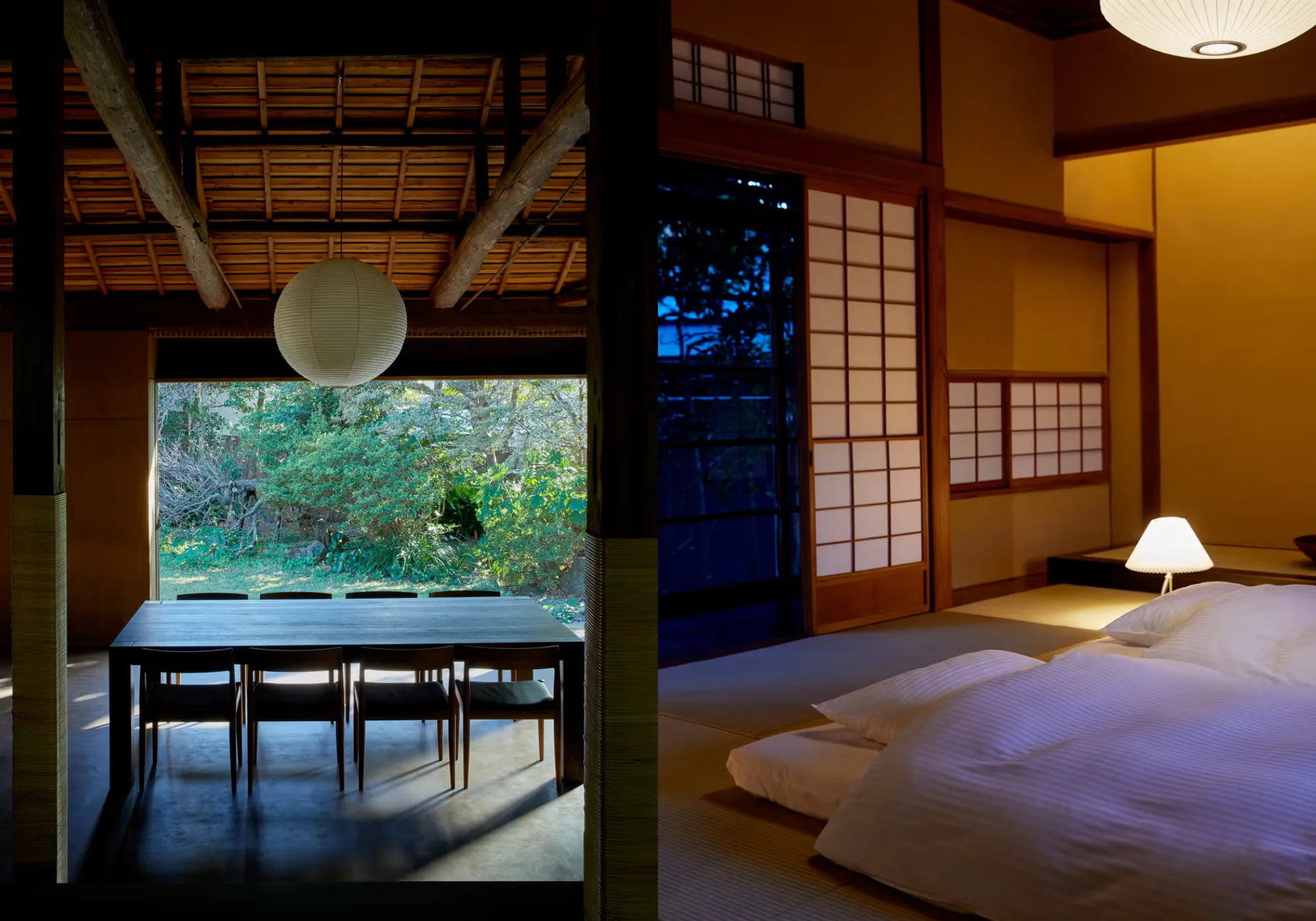
The 90-Year-Old Villa Filled With Zen Spaces
In the heart of Kamakura, a seaside town just 90 minutes from Tokyo, stands a remarkable example of how old can be reborn into something timeless. This restored 90-year-old villa is more than just a home—it is a sanctuary, an embodiment of Zen living, and a perfect antidote to the chaotic pace of modern life. For those looking to escape clutter, endless tasks, and the constant ping of notifications, this villa offers peace in its purest form.
Where many traditional Japanese houses fall victim to demolition under the scrap-and-build model of modern urbanism, this home survived through the vision of architect Naoki Hayasaka and his firm Teitaku Subako. What was once an abandoned structure destined for ruin has been reimagined into a serene retreat that honors tradition while embracing modern comfort.
Preserving Japanese Architectural Heritage
Across Japan, wooden homes with tile roofs are frequently replaced by sleek apartment complexes. Yet in Kamakura, a place steeped in history and spirituality, Hayasaka saw potential in the past. His mission was not to erase but to restore, carefully breathing new life into a 90-year-old home while respecting its character.
The restored villa now celebrates the very essence of Japanese aesthetics:
-
Shoji screen doors that diffuse natural light.
-
Earthen plaster walls that breathe with the changing seasons.
-
Natural wood finishes that glow warmly under soft lighting.
-
Tiles and joinery crafted by local artisans, connecting the home to the region’s heritage.
The result is a deceptively simple design that immediately creates a sense of distance from the urban rush. As Hayasaka explains, “You immediately feel great distance from the hustle and bustle of the city, both physically and psychologically. You can surrender yourself.”
Kamakura: The Birthplace of Zen
The location of this villa is no coincidence. Kamakura, once the capital of Japan from the 12th to 14th centuries, is today regarded as the birthplace of Zen Buddhism. The town is dotted with historic temples, quiet gardens, and cultural landmarks that celebrate mindfulness and reflection.
Beyond its religious significance, Kamakura has also grown into a vibrant hub of modern creativity:
-
A bohemian enclave filled with surfers, artists, and writers.
-
A coastal town with a subtropical climate, perfect for outdoor living.
-
A destination where past and present intertwine, offering cultural richness alongside seaside leisure.
Staying in the restored villa allows visitors to immerse themselves in this unique atmosphere, where Zen traditions coexist with artistic energy.
Design That Marries Tradition and Modern Comfort
The villa may look like a traditional Japanese home from the outside, but inside it has been carefully curated to support modern living while maintaining historical character. The design philosophy reflects Hayasaka’s experience in both Japan and Paris, where he honed his skills in balancing heritage and innovation.
Key features of the villa include:
-
A plunge pool–style tub designed for communal relaxation.
-
An open kitchen that encourages conversation and togetherness.
-
Spaces that are versatile, serving as living areas, meditation rooms, or communal gathering spots.
The home draws additional inspiration from Southeast Asian architecture, particularly the work of Sri Lankan architect Geoffrey Bawa. Given Kamakura’s humid and subtropical climate, this influence feels both practical and poetic, creating spaces that feel open, airy, and deeply connected to nature.
A Celebration of Communal Living
One of the most striking elements of the restored villa is how it has been designed for group living. This is not a place for isolation, but for shared experiences. Hayasaka emphasizes that “making food together is a form of communication,” which is why the open kitchen plays such a central role in the home.
The layout invites guests to cook together, eat together, and relax together—whether soaking in the plunge-style tub or gathering around a communal table. It redefines the concept of a retreat by making connection and togetherness part of the healing process.
The Philosophy of Surrender
At its core, the villa embodies the Zen philosophy of surrender. In an age where constant connectivity and productivity dominate daily life, the villa encourages visitors to let go. From the quiet tones of its woodwork to the soft glow of its natural light, every detail has been designed to remind occupants that true peace comes from simplicity.
By staying here, visitors can:
-
Experience the beauty of slowness and mindfulness.
-
Disconnect from the digital noise of the outside world.
-
Rediscover the value of traditional Japanese architecture.
It is not just a vacation home—it is a lesson in living.
Teitaku Subako: Breathing New Life Into Tradition
The villa is part of a larger mission by Teitaku Subako, the architectural firm founded by Hayasaka. Their philosophy goes beyond simple renovation. Instead, they aim to reinvigorate Japan’s historical buildings by adapting them for contemporary use while preserving their spirit.
Their projects often combine:
-
Sustainability, ensuring buildings can stand for generations.
-
Craftsmanship, working with local artisans to preserve traditional skills.
-
Cultural sensitivity, respecting the historical context of each structure.
This approach challenges the scrap-and-build mentality and shows that restoration can be just as innovative as new construction.
Why This Villa Matters Today
The restored 90-year-old villa is more than just a beautiful home; it is a statement about modern life and cultural heritage. In a country where rapid redevelopment often overshadows tradition, it represents an alternative path—one that values history, craftsmanship, and mindfulness.
For travelers, it is a rare opportunity to experience:
-
Authentic Japanese architecture, preserved and enhanced.
-
A Zen retreat just outside Tokyo.
-
A unique balance of privacy and community, designed for modern lifestyles.
For Japan itself, it is a reminder that the old and new can coexist, offering not only beauty but also wisdom for how we live in the 21st century.
The Perfect Zen-Filled Escape
In the end, the restored villa in Kamakura is more than just a destination. It is a philosophy wrapped in wood, light, and history. For those seeking escape, healing, or simply a deeper connection to life’s essentials, it delivers exactly what its creator intended: a place where you can let go and surrender.
Just a 90-minute journey from Tokyo, it offers not only distance from the city but also distance from distraction. In every corner, from its shoji doors to its communal kitchen, the villa reminds us of the timeless truth: simplicity is the ultimate luxury.
For those willing to step away from the modern rush, this restored 90-year-old villa is truly the perfect Zen-filled escape.








